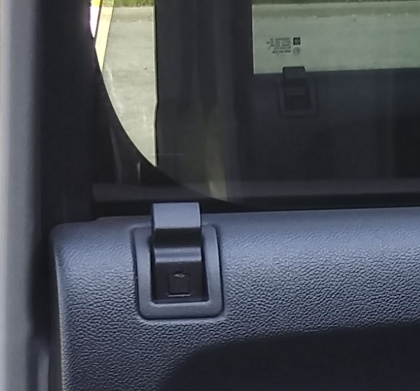Car Lock Repair
Free Repair Quote 727 657 3063
since 1992. Save 40-70 % On Repairs.” Free Mobile Service “

Car Lock Repair Guide
Car locks are essential for the security of your vehicle. Over time, they can experience issues due to wear and tear, environmental factors, or accidental damage. This guide covers common car lock problems, diagnostic steps, and repair techniques to help you maintain your vehicle’s security.

Common Car Lock Issues
- Key Won’t Turn: The key won’t turn in the lock cylinder.
- Key Stuck in Lock: The key gets stuck and won’t come out of the lock.
- Lock Cylinder Spins: The lock cylinder spins without engaging the locking mechanism.
- Power Lock Failure: The power lock system does not respond to the key fob or switch.
- Broken Key: The key breaks off inside the lock.
Diagnosing Car Lock Problems
- Inspect the Key:
- Check the key for signs of wear, bending, or damage.
- Try using a spare key to see if the problem persists.
- Examine the Lock Cylinder:
- Look for visible signs of damage or obstruction in the lock cylinder.
- Use a flashlight to inspect the inside of the lock.
- Test the Power Lock System:
- Press the lock/unlock button on the key fob or inside the car.
- Listen for any sounds indicating the actuator is working.
- Check the battery in the key fob if there is no response.
- Check the Door Handle:
- Ensure the door handle is not broken or loose.
- Test the handle operation from both inside and outside the vehicle.
Repair Techniques
- Lubricating the Lock Cylinder:
- Use a graphite-based lubricant or silicone spray.
- Insert the key and turn it several times to distribute the lubricant.
- Avoid using oil-based lubricants as they can attract dirt and debris.
- Removing a Stuck Key:
- Gently wiggle the key while applying slight pressure to remove it.
- Use a key extraction tool if the key remains stuck.
- Do not force the key as it may break off inside the lock.
- Repairing a Spinning Lock Cylinder:
- Remove the door panel to access the lock mechanism.
- Inspect the retaining clip or pin that holds the cylinder in place.
- Replace any broken or missing parts.
- Fixing Power Lock Issues:
- Check the fuse box for blown fuses related to the power lock system.
- Inspect the wiring and connections for damage or corrosion.
- Test the lock actuator by applying direct power using a multimeter.
- Removing a Broken Key:
- Use needle-nose pliers or a key extraction tool to remove the broken piece.
- Insert the tool into the lock cylinder and gently pull out the broken key.
- If the key is deep inside, you may need to remove the lock cylinder.
- Replacing the Lock Cylinder:
- Remove the door panel and disconnect the lock mechanism.
- Unbolt the lock cylinder and remove it from the door.
- Install the new lock cylinder and reassemble the door panel.
Preventive Maintenance
- Regular Lubrication: Lubricate the lock cylinder periodically to prevent sticking and wear.
- Keep Keys in Good Condition: Avoid using worn or damaged keys to prevent lock damage.
- Avoid Forcing the Lock: If the key doesn’t turn easily, do not force it. Check for underlying issues.
- Protect from Elements: Use a cover or shield to protect the lock from dust, dirt, and moisture.
Conclusion
Car lock repairs can range from simple lubrication to complex lock cylinder replacements. By understanding common issues and following a systematic approach to diagnosis and repair, you can ensure your car locks remain functional and secure. If a problem seems beyond your expertise, it’s always best to consult a professional locksmith or mechanic.
